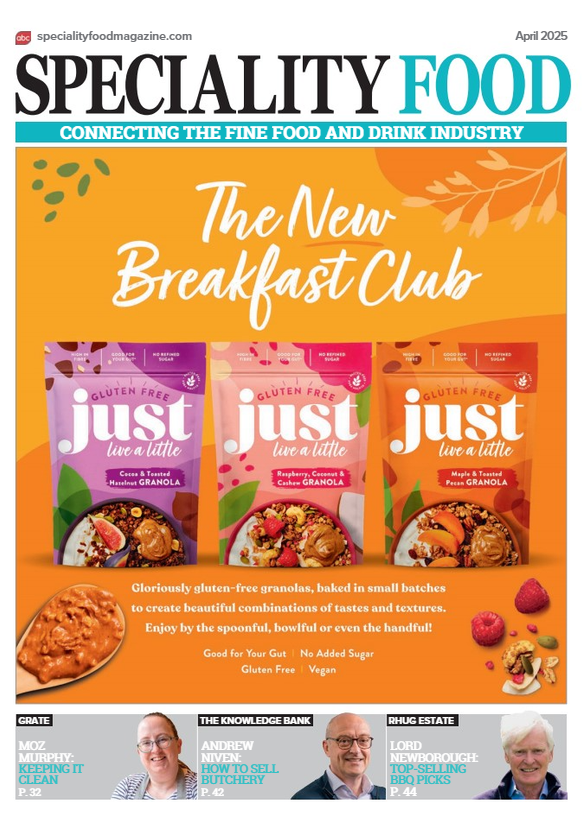“Old dog or new tricks?”

- It’s time to go left field rather than safety-first
- “Fashion or for keeps?”
- “New year and new possibilities”
- “What is in a name?”
- “The art of shopping”
There are two powerful forces at work in everyone who shops for food and drink. On the one hand there is the allure of the new, while on the other is the comfort of what is old and established
In large part Homo Sapiens owes his intellectual development to curiosity, so slap a ‘new’ label on that mammoth tenderloin and it will fly out of the door. This blind love of the new is not very logical, but it is certainly potent. When a product really is new, the shopper has to take its virtues on trust – the pack copy says it is zingy, refreshing and satisfying, but because this is a first-time purchase that is all hearsay until you try it yourself. At the other end of the scale there are products that are old friends. Like so many old friends they are a bit dull and familiar, but at least you know what you are getting.
There’s a similar dynamic in the world of restaurants. When you’re standing outside a shiny new establishment clutching the latest rose-tinted review and wondering whether to venture in, that newness may well be the only thing holding you back. But when you are considering a restaurant that is tried and tested, “long established” becomes code for reliable. The Gaylord Indian restaurant in London is remarkable. It first opened its doors in 1966 and has been ducking and weaving to the pressures of the marketplace ever since. Gaylord has quietly gone about its business for nearly half a century, and that timescale means that the restaurant has lived through the phenomenal success of tandoori chicken, the creation of chicken tikka masala, the popularity of rogan josh, the rise of the jalfrezi, the diaspora of Indian breads, plus our current obsession with street food. This is an old restaurant, but one with plenty of modern ideas and rather good food.
When it comes to all things new, the boffins at the supermarket chains understand just how powerful newness can be. Pushing a trolley around a large emporium, it’s hard not to wince at the display of little trays from Bon a PetEat. A new product is called Chicken Terrine with Rice and Vegetables, and the ingredients listed are chicken, brown rice, carrots, peas, potatoes, minerals, sunflower oil, salmon oil, dried tomatoes, dried kelp and dried basil. Shockingly, all this wonderfulness is aimed at the family pooch. It sounds good enough to eat. But although it retails at 75p for a 150g tray, this is dog food. The pack copy also suggests that a dog the size of my faithful companion should be getting four trays a day – so that’s £21 a week, and it would be cheaper to roast him a couple of chickens. Granted, this stuff is prepared with 100% traceable British meat, but can anyone really think that Rover needs chicken terrine to make his day complete?
In the ebb and flow of information between seller and purchaser, the concepts of both ‘new’ and ‘old’ can end up bent into all manner of shapes. As a customer, it’s comforting to know that the product you pick off the shelf has some history and some heritage, but then sometimes it feels really cool to push the envelope and take home the very latest thing. However, when it comes to trying those doggy delicacies, best leave it to the dog.
more from Fine Food
-
“The Joy of Lists”
11 September 2019 Fine FoodSo how was your summer? Time to savour traditional seasonal attractions… Sunny Glastonbury… Cricket’s World Cup. -
“Jellyfish”
02 September 2019 Fine FoodThe thoughtful diner’s watchword is that “you cannot have anything better than exactly what you want.” -
“A pinch of flavour”
18 July 2019 Fine FoodIt’s as if two teams of research scientists have gone to war… firstly there are the white-coated folk who champion new products and try to find the next wonder food, while at the other extreme laboratories start by listing the dire…

